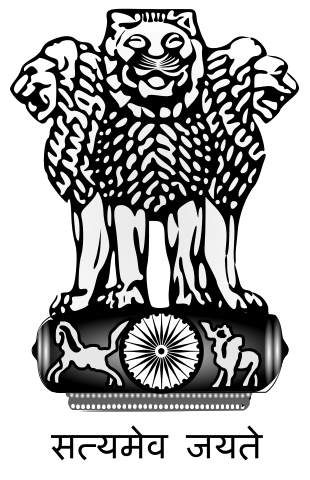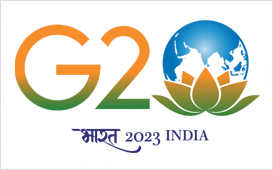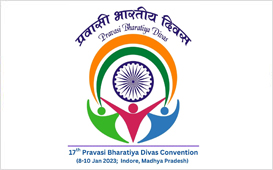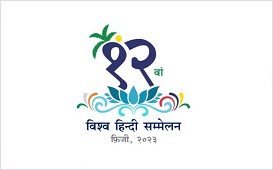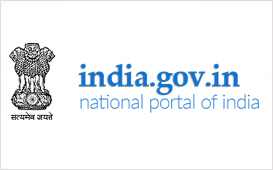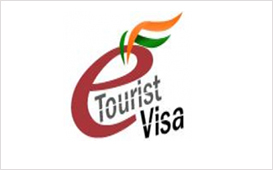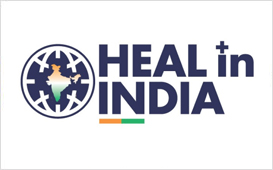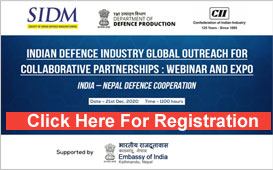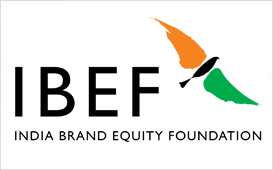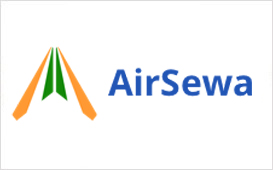Menu
- Embassy
- Ambassador Profile
- People's Corner
- Holidays at the Embassy
- Working Hours
- Deputy-chief-of-mission
- Different Wings of Embassy
- Ambassador's Office
- Deputy-Chief
- Administration Wing
- Commerce Wing
- Consular Wing
- Defence Wing
- Brief - Pension Paying Office, Pokhara
- Pension Paying Office, Dharan
- Development Partnership Wing
- Economic Wing
- Education Wing
- Political Wing
- Press, Information & Culture Wing
- ICCR in Nepal (Swami Vivekananda Cultural Centre)
- Nepal Bharat Library
- Security Wing
- Reconstruction Wing
- Previous Ambassadors
- About India-Nepal Relations
- Saransha
- Emergency Telephone Number of Indian Missions/Posts for Grievances
- Links
- Right to Information
- Amrit Mahotsav
- Consular
- Emergency Contact Numbers
- Consular Services
- Travel to Nepal
- Passport Services
- Passport Fees
- Visa Fees
- Visa
- eTourist Visa (eTV)
- Download Forms
- Notice - Visa & Passport
- Medical Degree Verification
- Visa & Passport Contact Address
- IMPORTANT NOTICE FOR OCI/PIO CARD HOLDERS
- Renunciation of Indian Citizenship
- Registration of Indian students in Nepal
- Registration of Indian Nationals in Nepal
- FAQ on Marital Disputes
- Development Partnership
- Culture
- Defence
- Education/Scholarships
- Sampark Alumni Network
- Scholarships/Forms
- About Education and Scholarship
- Indian Technical & Economic Co-operation (ITEC) Programme
- Downloads
- Calendar of Scholarship Scheme
- Medical Degree Verification
- Contact Address
- Advisory for Indian students seeking admissions in medical colleges/Universities in Nepal
- Media
- Commerce Wing
- Economic Wing
- Contact


